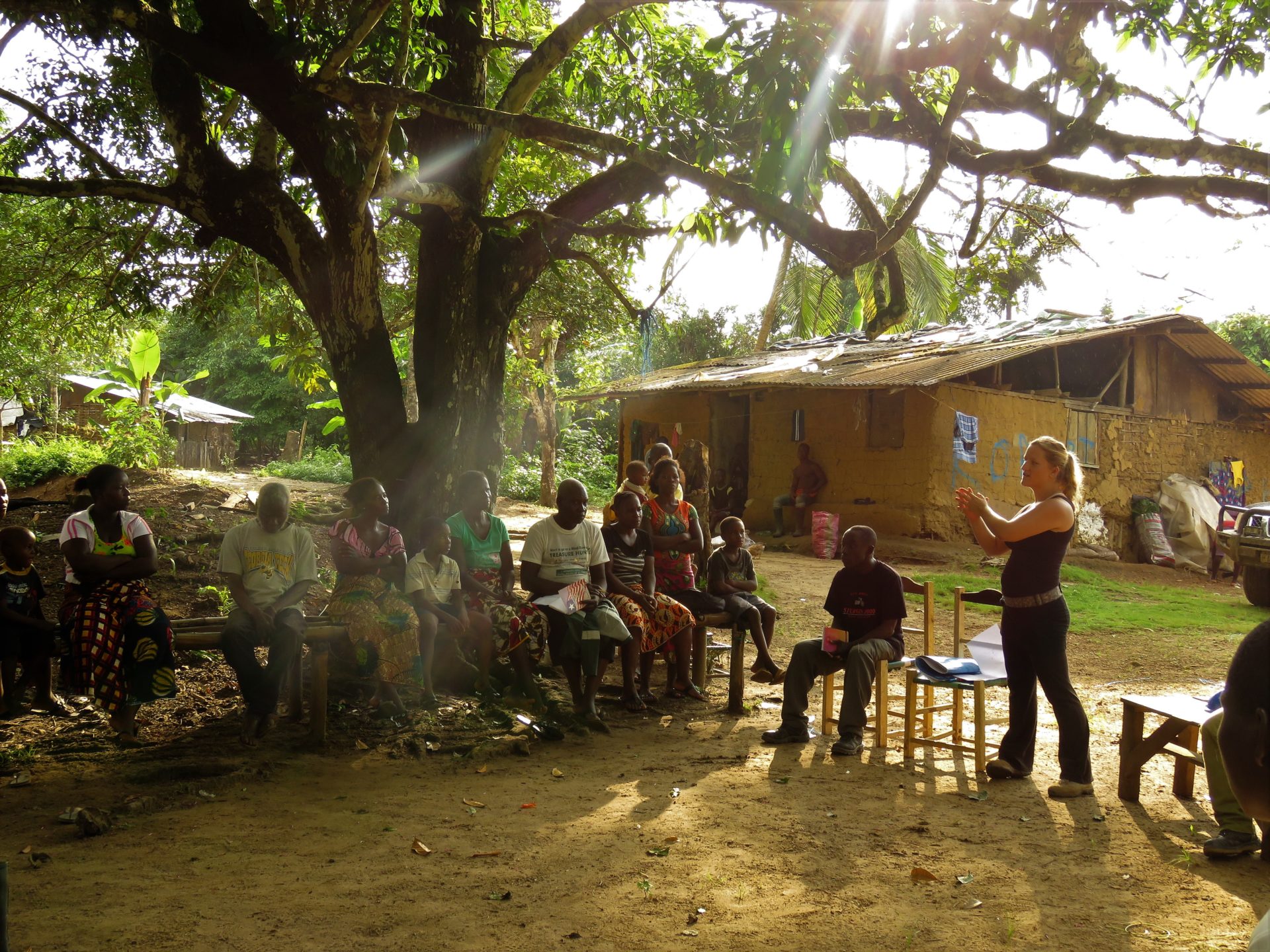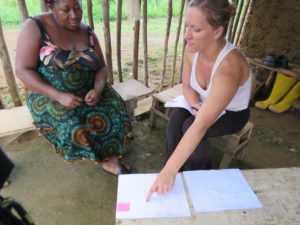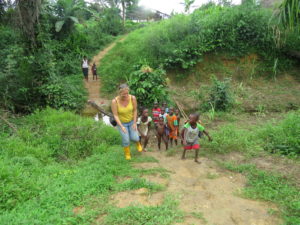
ABOUT THE PROJECT
Liberia – Resettlement of villages
‘A community that is engaged and working together can be a powerful force.’
During the project’s execution phase, an unexpected decision was made to construct an emergency dam, necessitating the resettlement of three villages located in the potential flood zone. Despite the challenges of a late-stage resettlement, we successfully relocated 23 houses and over 200 people to nearby land provided by the government within the same neighborhood. The focus was on involving the villagers in planning and ownership, facilitating a smooth transition that included preparing them for the significant changes ahead and providing ongoing support post-move.
Key Highlights:
- Emergency Dam Decision: An emergency dam decision required the sudden resettlement of three villages due to potential flooding risks.
- Resettlement Process: Managed the resettlement of 23 houses and over 200 people within a short timeframe, emphasizing community involvement and planning.
- Support and Integration: Provided ongoing support post-move, including financial training and community events, to help villagers and neighboring communities adapt to the changes.
During the execution phase of the project, discussions arose among consultants and project management regarding the construction of an emergency dam, not originally planned in the project’s scope. Such decisions at this stage are typically challenging due to their potential impacts and require thorough pre-planning to meet project requirements. Eventually, the decision was made to proceed with the emergency dam, necessitating the resettlement of three villages situated in the potential flood zone.
Normally, resettlements are planned well in advance of construction phases. However, in this instance, the resettlement could not occur until the emergency dam’s approval by funders, causing a significant time constraint. Upon agreement to stay in Liberia, I took charge of planning and overseeing the resettlement process. Fortunately, the impact was relatively contained, involving 23 houses and over 200 individuals, which facilitated resettlement within the same neighborhood with land provided by the government.
Our priority was to involve the villagers extensively in the planning process. Within weeks, we collaborated on designing the village layout, assessing their current living conditions and livelihoods, and planning their new homes. Construction began promptly to meet the tight deadline, with villagers actively participating alongside the project’s construction company. Throughout, our focus remained on empowering the villagers to take ownership of the process.
Preparing the villagers for the move was crucial, considering they were transitioning to improved but unfamiliar housing, which posed new challenges such as managing changed dynamics within their community and external perceptions. This preparation continued well beyond the move, with ongoing meetings, financial training sessions, and community-building events conducted over the following year.
While the resettlement was completed within six months and construction commenced on the emergency dam, our ongoing role extended into guiding and supporting both the resettled villagers and neighboring communities through the transition. This included addressing emerging challenges and ensuring sustainable integration into their new environment.
This comprehensive approach ensured a successful resettlement process amidst project complexities, fostering community engagement and resilience during a period of significant change.




